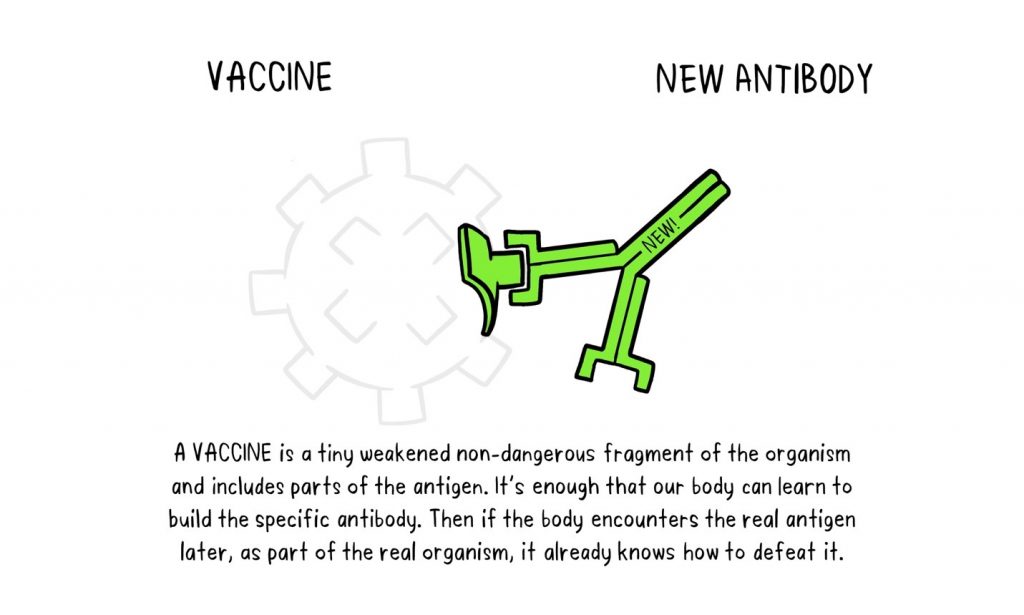CORONA VIRUS DISEASE (COVID-19)

CORONAVIRUS PANDEMIC (COVID -19)
The World Health Organization (WHO) ensures that it gathers the latest international multilingual scientific findings and knowledge on COVID-19. The newly researched information is released regularly to keep the world updated on the newest findings of the Coronavirus pandemic.
Coronavirus disease (COVID-19) is an infectious disease caused by the SARS-CoV-2 virus. World Health Organization (WHO) first learned of this new virus on 31st December 2019, following a report of a cluster of cases of ‘viral pneumonia’ in Wuhan, People’s Republic of China. WHO declared its outbreak a Public Health Emergency of International Concern on 30th January 2020, and a pandemic on 11th March 2020.
So far, more than 240 Million cases have been confirmed globally with over 6 Million of them being in Africa. Kenya has reported over 252,000 confirmed cases as at October 2021.The Virus has claimed over 4.9 Million lives globally, 149,000 in Africa with Kenya recording over 5,200 deaths in the same period.
Most people infected with the virus will experience mild to moderate respiratory illness and recover without requiring special treatment. However, some will become seriously ill and require medical attention. Older people and those with underlying medical conditions like cardiovascular disease, diabetes, chronic respiratory disease, or cancer are more likely to develop serious illness. Anyone can get sick with COVID-19 and become seriously ill or die at any age.
The Virus can spread from an infected person’s mouth or nose in small liquid particles when they cough, sneeze, speak, sing or breathe. These particles range from larger respiratory droplets to smaller aerosols.
PREVENTION
To prevent infection and slow transmission of COVID-19:
GET VACCINATED
- Get vaccinated and follow the Ministry of Health guidance on vaccination.
- Stay at least 1 metre apart from others, even if they don’t appear to be sick.
- Wear a properly fitted mask when physical distancing is not possible or when in poorly ventilated settings.
- Choose open, well-ventilated spaces over closed ones. Open a window if indoors.
- Wash your hands regularly with soap and water or clean them with alcohol-based hand rub.
- Cover your nose and mouth with your bent elbow or a tissue when you cough or sneeze.
- If you feel unwell, stay home and self-isolate until you recover.


SYMPTOMS
People with COVID-19 have had a wide range of symptoms reported – ranging from mild symptoms to severe illness. Symptoms may appear 2-14 days after exposure to the Virus. Anyone can have mild to severe symptoms. People with these symptoms may have COVID-19:
Most common symptoms:
- Fever or chills
- Cough
- Tiredness
- Loss of taste or smell.
Less common symptoms:
- Sore throat
- Headache
- Aches and pains
- Nausea or vomiting
- Diarrhoea
- A rash on skin, or discolouration of fingers or toes
- Red or irritated eyes.
Serious symptoms:
- Shortness of breath or difficulty in breathing.
- Loss of speech or mobility, or confusion.
- Chest pain.
Seek immediate medical attention if you have serious symptoms. People with mild symptoms who are otherwise healthy should manage their symptoms at home. On average it takes 5–6 days from when someone is infected with the virus for symptoms to show, however it can take up to 14 days.
IMPACT OF COVID-19 ON PEOPLE’S LIVELIHOODS, THEIR HEALTH AND FOOD SYSTEMS
The COVID-19 pandemic has led to a dramatic loss of human life worldwide and presents an unprecedented challenge to public health, food systems and the world of work. The economic and social disruption caused by the Pandemic is devastating: it has led to 97 million more people being in poverty in 2020 (GEP,2021).
Millions of enterprises face an existential threat. Nearly half of the world’s 3.3 billion global workforce are at risk of losing their livelihoods. Informal economy workers are particularly vulnerable because the majority lack social protection and access to quality health care and have lost access to productive assets. Without the means to earn an income during lockdowns, many are unable to feed themselves and their families. For most, no income means no food, or, at best, less food and less nutritious food.
The Pandemic has been affecting the entire food system and has laid bare its fragility. Border closures, trade restrictions and confinement measures have been preventing farmers from accessing markets, including for buying inputs and selling their produce, and agricultural workers from harvesting crops, thus disrupting domestic and international food supply chains and reducing access to healthy, safe and diverse diets. The Pandemic has decimated jobs and placed millions of livelihoods at risk. As breadwinners lose jobs, fall ill and die, the food security and nutrition of millions of women and men are under threat, with those in low-income countries, particularly the most marginalized populations, which include small-scale farmers and indigenous peoples, being hardest hit.
As a result of the Pandemic, food security, public health, and employment and labour issues, in particular workers’ health and safety, converge. Adhering to workplace safety and health practices and ensuring access to decent work and the protection of labour rights in all industries will be crucial in addressing the human dimension of the crisis. Immediate and purposeful action to save lives and livelihoods should include extending social protection towards Universal Health Coverage and income support for those most affected. These include workers in the informal economy and in poorly protected and low-paid jobs, including youth, older workers, and migrants. Particular attention must be paid to the situation of women, who are over-represented in low-paid jobs and care roles.
RESPONSE TO COVID-19
The first case of COVID-19 in Kenya was confirmed on 13th March, 2020 and has had strong, long-lasting impacts on livelihoods of the people, with employment and income levels only slowly recovering. To this end, the effect and impact of COVID-19 Pandemic cannot be underrated since the Pandemic brought about socio-economic challenges that disrupted the economy, straining the consumer wallet and business across the Country. With notable support from our partners, the Government of Kenya is in sync with its people and have remained steadfast and engaged throughout 2020 till now by undertaking and implementing key facilitative and supportive policies and strategies.
Kenya like many other countries is building back better and the Government has taken the transformative pathway through the Economic Recovery strategy. The Strategy employs a combination of several measures including Social protection measures that cover health and food security, unemployment protection, housing and special allowances. The Government allocated over 7.7 Billion to counties for the recovery in the first phase. It also considered austerity tax measures that relieved the taxpayers and ensured more companies remained afloat. Monetary policies put in place during the period ensured stability of trade and currency.
The Government is currently running a vaccination drive to ensure the population is vaccinated for full re-opening of the economy. It is targeting 10 million by December 2021 and as of October 2021, over 5 million have been vaccinated. Other strategies include the Stimulus programmes, the energy sector reforms and the focus on MSMEs and agriculture.
As noted in the Policy Brief issued by the United Nations Secretary-General, there is need to develop long-term sustainable strategies to address the challenges facing the health and agri-food sectors. Priority should be given to addressing underlying food security and malnutrition challenges, tackling rural poverty, in particular through more and better jobs in the rural economy, extending social protection to all, facilitating safe migration pathways and promoting the formalization of the informal economy. Countries are therefore encouraged to make investments in Governance, social protection, green economy and digitalization to hasten the process of recovery and acceleration during the Decade of Action.



